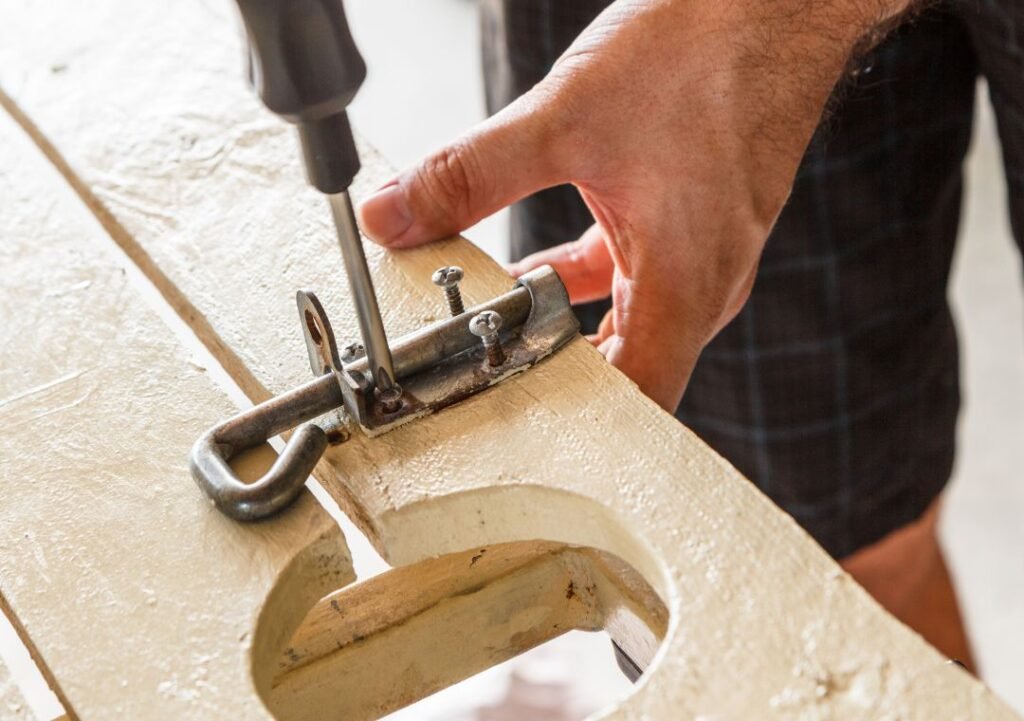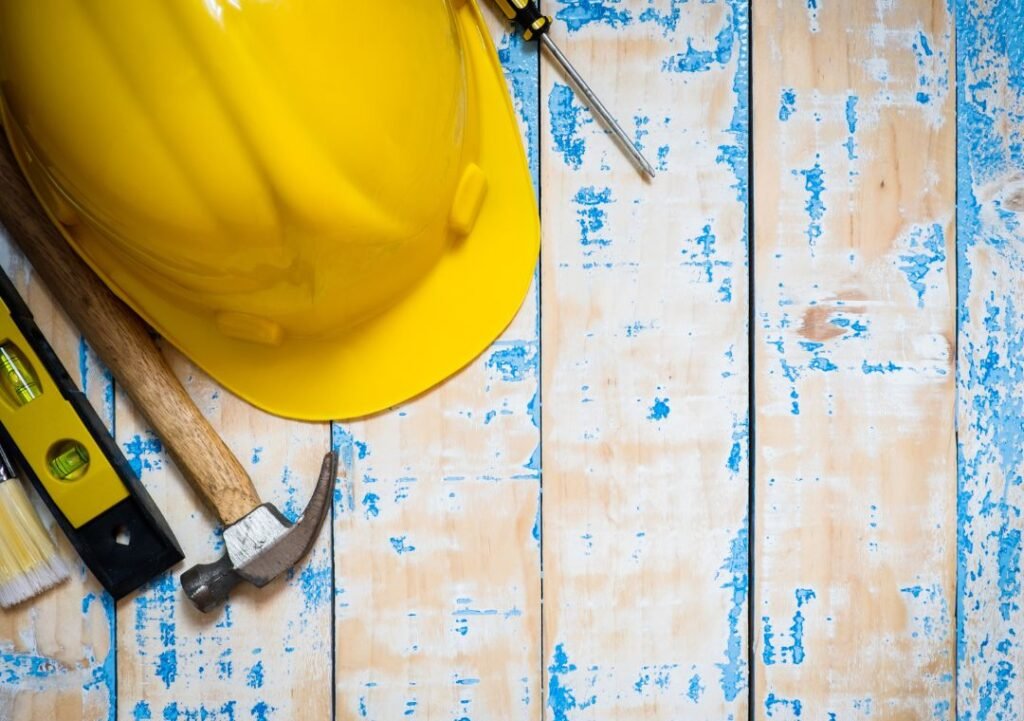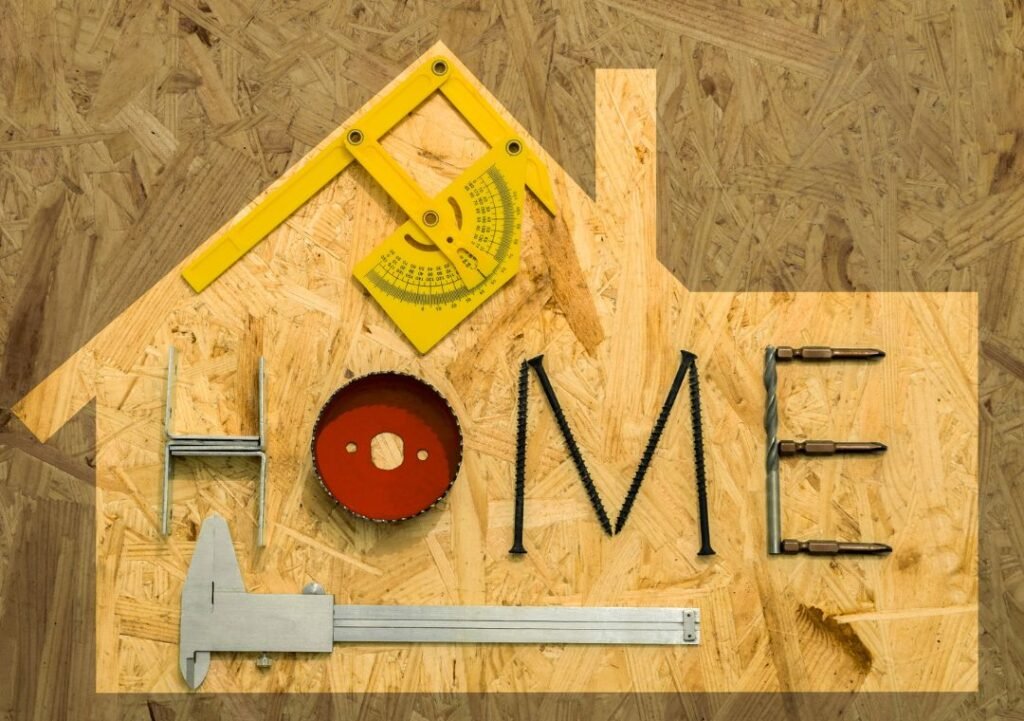Introduction to DIY Screw Projects
So, you’ve decided to dive into the world of DIY home upgrades? Great choice! DIY screw projects are a fantastic way to spruce up your space without breaking the bank. Whether you’re hanging shelves or building furniture, screws are a fundamental part of most DIY projects. Let’s explore why screw-based projects are a great choice and what you need to get started.
What is DIY Screwing?
DIY screwing involves using screws to assemble, attach, or reinforce items around your home. Unlike simple nails or glue, screws provide a stronger and more reliable hold. They’re used in a variety of projects, from mounting shelves to constructing furniture. The beauty of screws lies in their versatility and ease of use.

Benefits of DIY Screw Projects
Why should you consider DIY screw projects? For starters, they’re cost-effective and can often be completed with basic tools. Plus, they offer a sense of accomplishment and personalization. Imagine transforming a plain wall into a gallery of framed photos or upgrading your bedroom with a stylish headboard. The possibilities are endless!
Essential Tools and Materials
Before you start, it’s important to gather the right tools and materials. Having everything on hand ensures that your project goes smoothly and efficiently.
Basic Tools for Screw Projects
- Screwdriver Set: A good set includes various sizes and types, such as flathead and Phillips. Electric screwdrivers can make the job easier.
- Drill: Useful for creating pilot holes and driving screws with precision.
- Measuring Tape: Essential for accurate measurements to ensure everything fits perfectly.
- Level: Helps ensure that your shelves or frames are straight.
Types of Screws and Their Uses
Choosing the right screw is crucial for a successful project. Here’s a quick guide:
Wood Screws
Wood screws are designed specifically for use in wood. They have a tapered tip and coarse threads that grip the wood securely. Ideal for building furniture or attaching wooden panels.
Drywall Screws
Drywall screws are used to attach drywall to studs. They have a bugle-shaped head and a sharp point that easily penetrates drywall and wood.
Machine Screws
Machine screws are used in metalworking and require a corresponding nut or tapped hole. They come in various sizes and are often used for more heavy-duty applications.

Simple DIY Screw Projects to Try
Ready to get your hands dirty? Here are a few simple projects to kickstart your DIY journey.
Installing Floating Shelves
Floating shelves are a chic way to display books, photos, or decorative items. Here’s how to install them:
Measuring and Marking
Start by deciding where you want your shelves. Use a measuring tape to mark the position on the wall. Make sure the marks are level.
Drilling Holes and Securing Shelves
Drill holes into the wall at your marks. Insert wall anchors if needed, then screw in the shelf brackets. Finally, attach the shelves to the brackets, ensuring everything is level and secure.
Building a Customized Picture Frame
Creating a custom picture frame can give your photos a personal touch.
Choosing the Right Screws
For a sturdy frame, use small wood screws. They’ll hold the frame together without splitting the wood.
Assembly Tips and Tricks
Assemble the frame by securing the corners with screws. For a cleaner look, use a screwdriver to countersink the screws so they’re flush with the surface.

Creating a DIY Headboard
A DIY headboard can instantly transform your bedroom.
Preparing the Materials
Choose a material that complements your decor, such as wood or upholstered fabric. Measure the size according to your bed.
Attaching the Headboard to the Wall
Secure the headboard to the wall using screws and wall anchors. Make sure it’s level and positioned where you want it.
Advanced DIY Screw Projects
Feeling adventurous? Here are some advanced projects for those looking to tackle bigger challenges.
Constructing a Wall-Mounted Desk
A wall-mounted desk is perfect for small spaces and adds a modern touch to your home office.
Designing the Desk
Sketch out your desk design, including dimensions and the type of materials you’ll use.
Installing Brackets and Desk Surface
Attach wall-mounted brackets to the studs in your wall. Secure the desk surface to the brackets with screws, making sure everything is level.
Making a Movable Storage Cart
A movable storage cart is both functional and stylish, offering storage solutions that can be easily relocated.
Planning the Cart Design
Decide on the size and number of shelves. Choose sturdy materials like wood or metal.
Assembling the Cart with Screws
Assemble the cart by attaching the shelves to the frame with screws. Add casters to the bottom for easy mobility.

Safety Tips and Best Practices
Safety is paramount when working on DIY projects. Here are some tips to ensure you stay safe while screwing away.
Wear Proper Safety Gear
Always wear safety goggles to protect your eyes from dust and debris. Gloves can protect your hands from splinters or sharp edges.
Avoiding Common Mistakes
Double-check your measurements before drilling or screwing. Incorrect measurements can lead to misaligned or unstable fixtures.
Conclusion
DIY screw projects are an excellent way to upgrade your home with a personal touch. From floating shelves to movable carts, the possibilities are endless. By using the right tools, materials, and techniques, you can create functional and stylish additions to your space. So, grab your screwdriver and get started on your next project!

FAQs
- What type of screws should I use for drywall?
- For drywall, use drywall screws. They have a bugle-shaped head and a sharp point that easily penetrates drywall and wood studs.
- Can I use wood screws for metal projects?
- Wood screws are not ideal for metal. For metal projects, use machine screws with a corresponding nut or tapped hole.
- How do I ensure my shelves are level?
- Use a level tool to check that your markings and brackets are even. Make small adjustments as needed before securing everything in place.
- What should I do if I encounter a stud while drilling?
- If you hit a stud while drilling, you can use it to secure your screws more firmly. Just make sure your screws are the appropriate length for the stud depth.
- How can I prevent wood from splitting when using screws?
- To prevent splitting, drill pilot holes before inserting screws. This reduces the stress on the wood and helps the screws go in smoothly.


